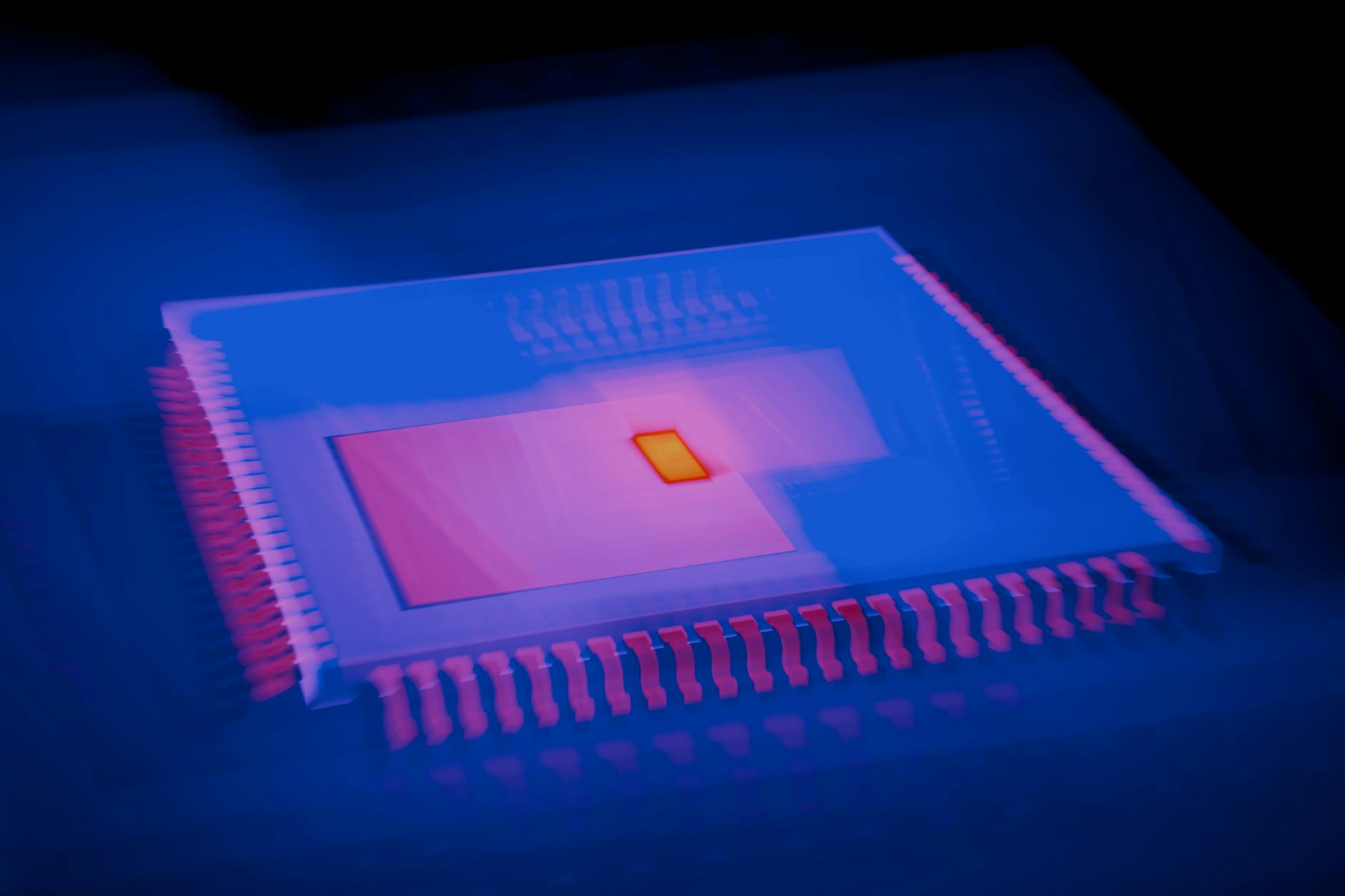Google’s Gemini Diffusion: Speed Demon or Slippery Slope? A Deep Dive into Diffusion-Based LLMs

Introduction: Google’s foray into diffusion-based large language models (LLMs) with Gemini Diffusion promises a revolution in speed and efficiency. But beneath the veneer of impressive benchmarks and flashy demos lies a complex technological landscape riddled with potential pitfalls. This analysis will dissect the hype surrounding Gemini Diffusion, separating genuine innovation from marketing spin.
Key Points
- Gemini Diffusion’s significantly increased generation speed, potentially disrupting various applications demanding rapid text output.
- The shift towards diffusion models could reshape the LLM landscape, forcing competitors to adapt or risk obsolescence.
- The disclosed benchmarks, while impressive in speed, reveal a mixed bag in terms of accuracy and performance compared to established autoregressive models across different tasks.
In-Depth Analysis
The core innovation in Gemini Diffusion lies in its departure from the autoregressive approach, the dominant paradigm in LLMs like GPT. Instead of sequentially generating text token by token, Gemini Diffusion utilizes a diffusion process, starting with random noise and progressively refining it into coherent text. This parallel processing allows for substantial speed increases—a claimed 1,000-2,000 tokens per second versus Gemini 2.5 Flash’s 272.4. This speed advantage is significant for applications requiring real-time text generation, such as chatbots, code completion tools, and interactive narratives. The iterative refinement process also offers potential for improved coherence and self-correction of errors, a persistent challenge in autoregressive models. However, the provided benchmarks present a nuanced picture. While Gemini Diffusion excels in coding and mathematics, it lags behind Gemini 2.0 Flash-Lite in reasoning, scientific knowledge, and multilingual capabilities. This suggests that while speed is a substantial advantage, the accuracy and breadth of knowledge remain crucial factors, and the claim of “essentially closed” performance gap needs deeper scrutiny across a wider range of tasks and model sizes. Furthermore, the “non-causal reasoning” touted as an advantage needs further investigation to understand its practical impact on complex reasoning tasks. The increased speed comes at a cost, higher serving costs and slower time-to-first-token, potentially impacting real-time interactive experiences.
Contrasting Viewpoint
The enthusiasm surrounding Gemini Diffusion might be premature. While the speed gains are undeniably impressive, the devil is in the details. Critics might argue that the benchmark comparisons are cherry-picked, focusing on areas where diffusion models shine while downplaying weaknesses in other domains. The higher serving costs could negate the advantages of speed, particularly for large-scale deployments. Moreover, the long-term energy consumption implications of diffusion models, especially given their iterative nature, require thorough analysis. Concerns also remain around the potential for bias amplification during the noise-reduction process and the transparency of the underlying algorithms, crucial for building trust and ensuring responsible AI development. Competitors might argue that the focus on speed overshadows the importance of accuracy and contextual understanding, crucial for building truly sophisticated and reliable AI systems. The claim of self-correction might prove overly optimistic in complex scenarios.
Future Outlook
Within the next one to two years, we can expect to see further advancements in diffusion-based LLMs, with a focus on addressing current limitations. Improvements in efficiency, reducing the “higher cost of serving,” are paramount. Expect to see more robust benchmarks comparing diffusion models with autoregressive models across a broader range of tasks and model scales. The development of more sophisticated methods for controlling the diffusion process and mitigating biases will also be crucial. However, the widespread adoption of diffusion models might hinge on overcoming these limitations. The true test will be whether these models can consistently outperform autoregressive models across diverse tasks, not just in speed.
Original Source: Beyond GPT architecture: Why Google’s Diffusion approach could reshape LLM deployment (VentureBeat AI)